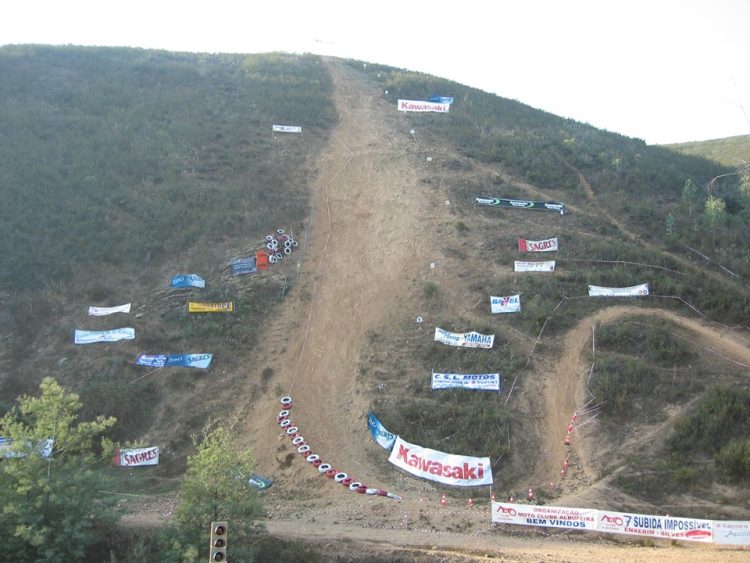Think you have what it takes to become a superhero, but lack all the necessary accessories and superpowers? Don’t worry, in the real world, antimatter and immortality can be bought by the gallon. Well, at least at the Brooklyn Superhero Supply Shop they can.
Sure, most comic book superheroes made their own costumes, but these are busy times, and it’s more convenient to buy them That’s where the Superhero Supply Shop, in Brooklyn, New York comes is. If you have a few buck to spare, you can conceal your true identity behind a cool mask in no time at all. But capes and costumes are just a few of the awesome things you can find in this amazing place. Just because we haven’t all been blessed with incredible strength, mind control powers or lightning speed, doesn’t mean we can’t be superheroes, right? It just means we have to buy our superpowers, and there’s no shortage of those at the Brooklyn Superhero Supplu Shop. You can find x-ray glasses, grappling hooks, cans of gravity, cloning fluid, and even an invisible jet that costs $42 million. Whatever you need to make crime-fighting easier, these guys have it.





















